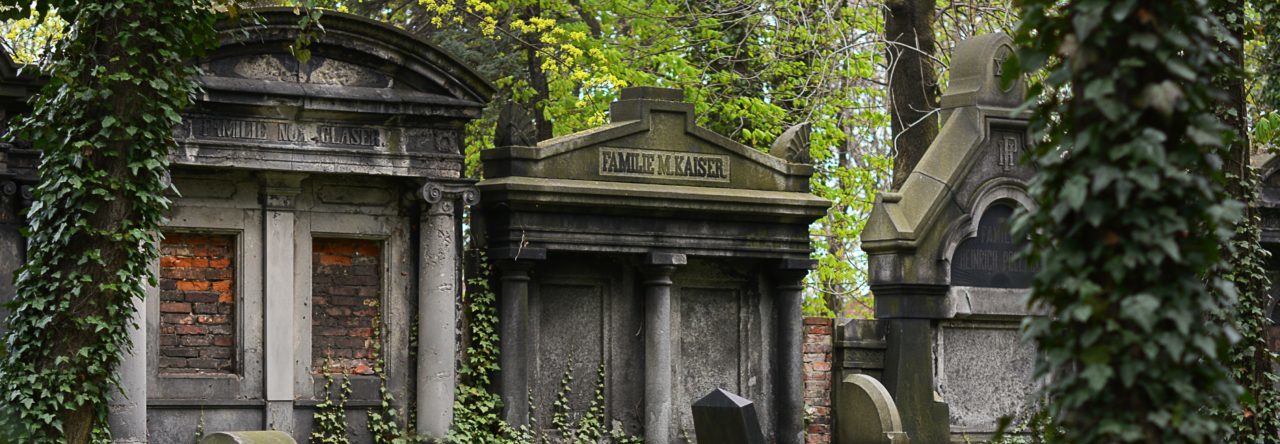Edinburgh’s Princes Street is famous throughout the world for its shops, historic buildings, neighboring Princes Street Gardens (with its enormous floral clock), glorious views of Edinburgh Castle, and nearby restaurants and pubs. It’s also home to the Scott Monument. Rising more than 60 meters above Princes Street, this tower is a fitting memorial to a man whose literary talent and influence was similarly massive.
Sir Walter Scott began his literary career as a poet – an extraordinary one. Critics of his day compared him with Lord Byron and even Shakespeare. The Lay of the Last Minstrel, Marmion, and The Lady of the Lake are perhaps his greatest works of narrative poetry. Marmion is notable due to Scott’s placement of an anti-hero at the center of the action. This produced a Gothic effect that many professional critics of the day hated. But Scott’s readers – including Lord Byron – loved the drama Scott’s choice had produced. In fact, it’s generally agreed that Marmion significantly influenced his admirer’s creation of the so-called “Byronic Hero” – the rebellious, melancholy, guilt-stricken and romantic figure at the heart of many of Byron’s narratives.
Ironically, it may have been Byron’s rise that caused Scott to abandon poetry in favor of novel writing. Nevertheless, he achieved similar (if not greater) success in his new endeavor. Virginia Woolf wrote that Scott was “perhaps the last novelist to practice the great, the Shakespearean art, of making people reveal themselves in speech.” Although Scott published his first novel, Waverly, anonymously, Jane Austen recognized both its author and his talent and apparently resented it. “Walter Scott has no business to write novels, especially good ones. It is not fair. He has fame and profit enough as a poet, and should not be taking the bread out of other people’s mouths. I do not like him, and do not mean to like Waverley if I can help it, but fear I must.”
If Austen hoped Scott’s interest in novel writing would be short-lived, she was disappointed. Outstanding works flowed from his pen for the next seventeen years: Guy Mannering, The Antiquary, Rob Roy, The Heart of Midlothian, Ivanhoe, Redgauntlet and many others – twenty-eight in all. Because Scott was a gifted teller of swashbuckling tales, and because he rarely recycled plots, many of these novels achieved great popularity.
Scott’s writing also appealed to his contemporaries because it was steeped in British – and especially Scottish – history. In fact, Scott is generally considered the most important figure in the rise of the historical novel. His work inspired such later giants of the genre as Honoré de Balzac, Victor Hugo and Charles Dickens.
While producing these novels, Scott carried on a charade of anonymity. Nevertheless, everyone knew Scott was the author, his fame grew, and he acquired the nickname, “The Great Unknown.”
That Scott achieved such enormous acclaim and influence in his day makes it all the more shocking that his novels (and to an even greater extent, his poetry) have all but vanished from bookstore shelves during our own. Articles about Scott sometimes refer to him as “The Great Unread” – a play on his earlier nickname. Modern readers undoubtedly struggle with Scott’s extensive use of Scottish dialects. And many lack the historical and cultural context Scott assumed his readers would have. Consequently, his novels can be rough going for today’s recreational readers.
The shorts stories that Sir Walter Scott wrote can be a bit more accessible. The Tapestried Chamber, one of Scott’s better-known supernatural tales, is a good example. Here, Scott tells his tale in straightforward prose and without relying too heavily on historical context. Moreover, the plotting is direct. General Browne, recently returned from fighting in “the American war,” happens upon the country estate of his old friend from Oxford, Lord Woodville. The latter has recently come into his inheritance and Browne finds him entertaining the local gentry. Naturally, Woodville is thrilled to see his old schoolmate and invites him to spend a week relaxing at the family castle. To make room for his many visitors, the newly risen aristocrat has reopened an old bedroom that was known to have been the site of certain heinous acts and which Woodville’s servants believe is haunted. Woodville places the unsuspecting General Brown in that room.
What could possibly go wrong?
